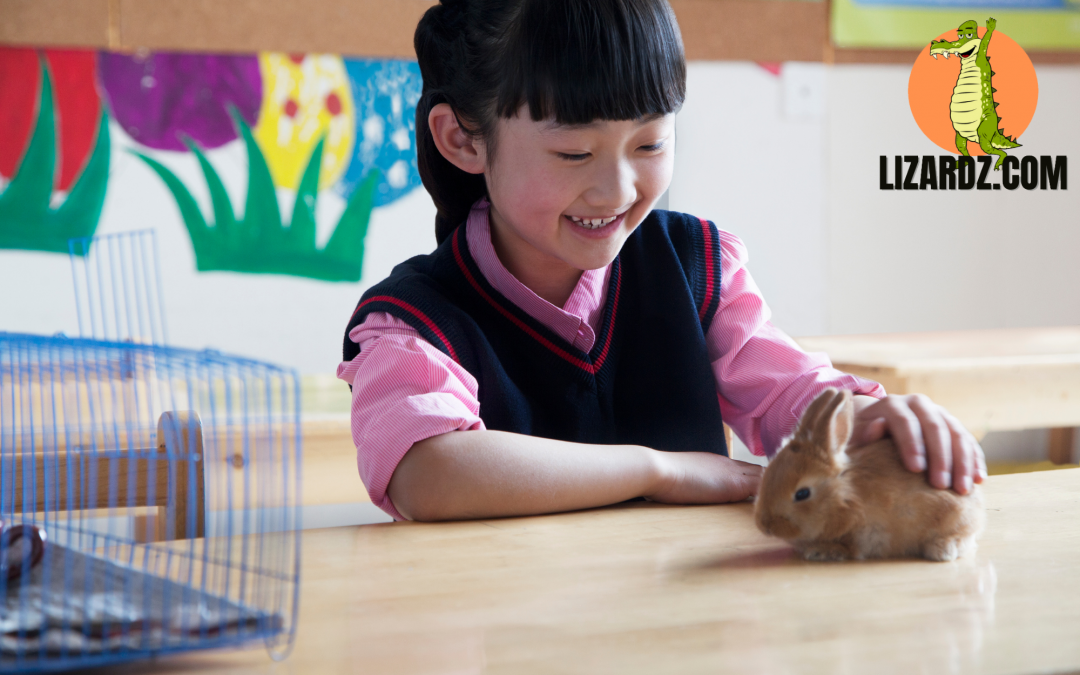The whole point of the educational system in the United States is to prepare our children for their futures, including learning the responsibility they will one day need to care for themselves.
For years, teachers have introduced pets into the classroom as a way to educate their children, but should they? Is having a classroom pet ethical, and just as importantly, is it humane? Or, is there a better way to teach children that doesn’t involve having a pet in the classroom?
Everyone has his or her own stance on the topic. But, many agencies dedicated to helping animals promote responsibility by making an informed decision and by considering acceptable alternatives to having a pet in the classroom.
For example, the ASPCA suggests that, before they even consider having a pet in the classroom, teachers sit down and really think about the consequences of having a pet, asking themselves such questions as: Who will care for the pet during weekends, holidays, and over summer break? What if children in the classroom have allergies to the pet? Is a pet in the classroom really necessary? Who will be financially responsible for feeding and providing vet care for the classroom pet? What will happen to the pet during a fire drill?
The San Francisco Society for the Prevention of Cruelty to Animals advises that teachers discuss having a pet in the classroom with professionals first, and each teacher should answer questions like those suggested by the ASPCA.
Perhaps more importantly, the SFSPCA encourages teachers who do use pets in the classroom to show compassion to the pet, so that students, in turn, will learn compassion.
Unfortunately, while pets in the classroom may teach students some valuable lessons about responsibility, what will become of the classroom pet on weekends and during holidays? Will the teacher take the pet home on weekends and during holidays?
If not, who will care for the pet? But, more importantly, what will happen when the school year ends? The sad fact is that many classroom pets end up in animal shelters when the school year ends, leaving one to wonder what is the point of using a pet to foster responsibility if that pet is going to end up in a shelter?
Those teachers who want to have a classroom pet are advised that if they decide to adopt a pet for the classroom, they should understand it is also their responsibility to take care of the pet for the remainder of the animal’s life.
Instead of a classroom pet:
Not having a classroom doesn’t mean your students will lose out academically. In fact, there are plenty of alternatives to having a pet in your classroom that can enrich your students academically.
1 Take your class to the zoo.
2 Invite an animal expert to your classroom.
3 Have your students bring their pets into the classroom to teach the class about the pet. Find out ahead of time what type of pet individual students are bringing, so you can do your own research and prepare for the class.
4 Take advantage of the internet and find Web sites that pertain to the type of animal you want your students to learn about, and find Web cams that can “bring” the animal into the classroom.
The most important lesson any teacher considering having a pet in the classroom can learn is to thoroughly investigate all other options to having a classroom pet and to really think about whether they want to undertake the responsibility of a pet, not just during the school year but for the rest of the pet’s life.


